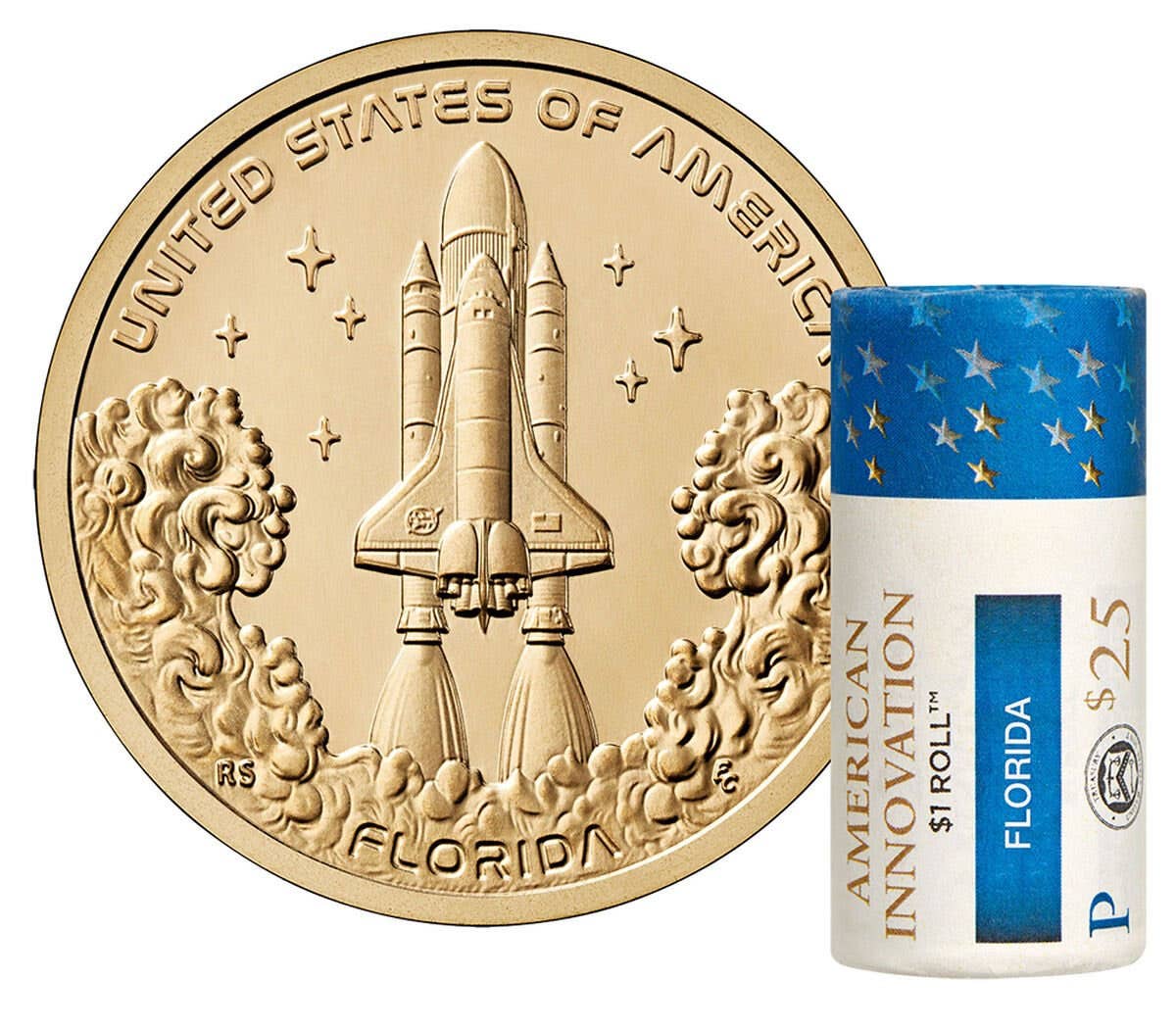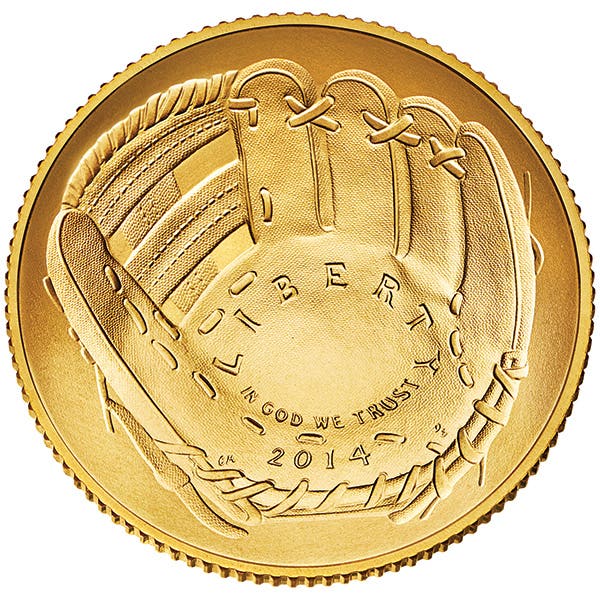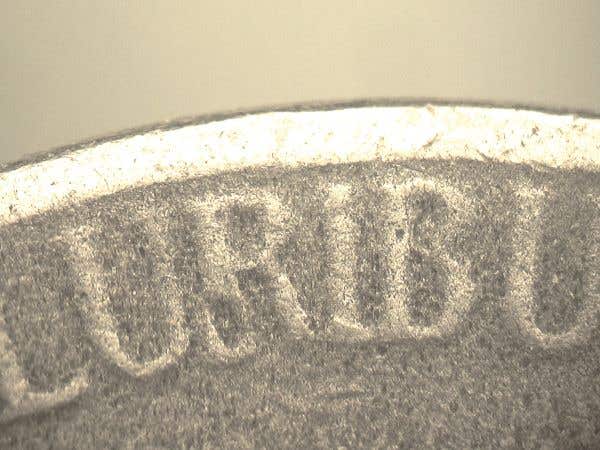Flood of commemoratives hurt Roanoke half sales
Perhaps plans should not have been made for commemorative coins in 1937. Poor sales were likely regardless of subject matter, because there had been far too many issues the previous…
Perhaps plans should not have been made for commemorative coins in 1937. Poor sales were likely regardless of subject matter, because there had been far too many issues the previous year. Back then, however, the relationship between too many issues and too few sales had not yet been established.
Another factor was the need for commemoratives to be approved well before the coins were offered. That process was often under way before anyone realized that sales of other issues were not what had been expected.
There were only two commemorative half dollars created in 1937, marking the 75th Anniversary of the Battle of Antietam and the 350th Anniversary of the Colonization of Roanoke Island, N.C. This pair may have had more national meaning than the majority of issues produced in 1936, but the damage to collector interest had already been done.
There was a celebration planned at Old Fort Raleigh to commemorate Sir Walter Raleigh’s “Lost Colony” and the birth of Virginia Dare, the first white child to be born in British North America. As commemorative coins and such celebrations seem to go together, there was probably little difficulty in getting approval for a half dollar to mark the occasion.
The Roanoke Island coin was designed by Baltimore artist William Marks Simpson, who was on something of an artistic hot streak. He also designed the Antietam half and had worked with his wife, Marjorie E. Simpson, on the 1936 Norfolk, Va., Bicentennial half.
The Roanoke Island design features an obverse portrait of Raleigh, while the reverse shows a figure representing Ellinor Dare holding her daughter. There is such a large amount of lettering that it almost detracts from the design.
The writing, however, did not hurt sales. That can be traced directly to the flood of commemoratives in 1936. Certainly the hope was for excellent sales for both the Roanoke Island and Antietam half dollars, but that just did not happen. There were 50,000 Antietam halves struck, but sales for it and the Roanoke Island half combined did not reach 50,000.
There does appear to have been more caution exercised in the release of the Roanoke Island half. An initial mintage of 25,015 in January sold out, and this was followed by an identical number in June. Not much of a dent was made in the second batch, however, with total mintage ending up at 29,030.
In fact, sales may not have been even that high during 1937, as it seems the Roanoke Island halves were sold for a number of years after first being offered. It also appears that at least some dealers, including Howard E. MacIntosh, had stock at the time. With so many half dollars issued during a short period, those running the programs were probably happy and even thankful to make small profits with sales to dealers.
Apparently there were no significant hoards of the Roanoke Island half dollar. Important dealers had acquired major percentages of entire mintages for some of the early commemorative programs, but there were simply too many coins in the 1930s to engage in that activity.
Despite a relatively small mintage, the Roanoke Island half dollar is available today for $155 in MS-60 condition, while an MS-65 example is just $170. Collectors can acquire a nice coin in a top grade for relatively little, and that is always a good combination.
This article was originally printed in Numismatic News. >> Subscribe today.
More Collecting Resources
• Are you a U.S. coin collector? Check out the 2017 U.S. Coin Digest for the most recent coin prices.
• With over 22,000 listings and 13,750 illustrations, the Standard Catalog of World Paper Money, Modern Issues is your go-to guide for modern bank notes.









